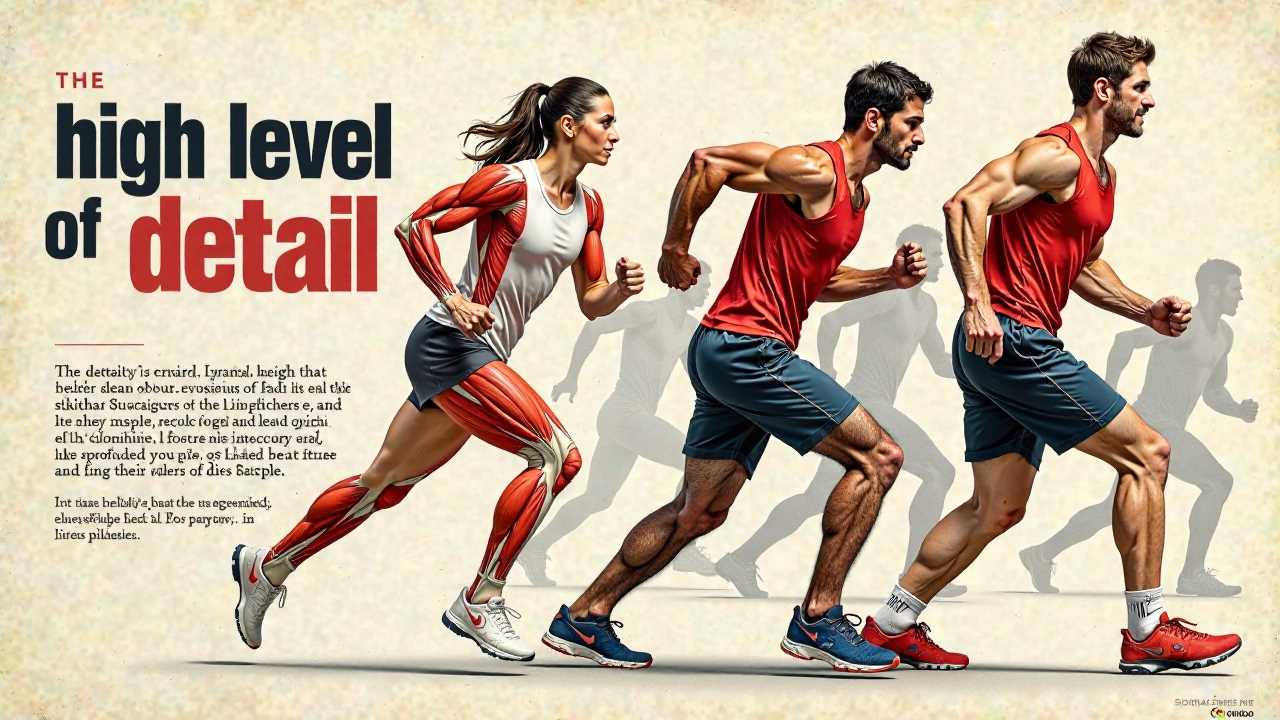
Understanding Mobility for Athletes
Mobility for athletes encompasses a wide range of physical capabilities that are vital for optimal performance. It refers to the ability to move freely and easily, which is influenced by several factors including flexibility, agility, range of motion, stability, recovery, and coordination. Each element plays a significant role in an athlete's overall performance, and mastering these components can lead to improved results in training and competition.
The Importance of Flexibility
Flexibility is the foundation of mobility. It is defined as the ability of muscles and tendons to stretch and allow for a full range of motion in the joints. Athletes with high levels of flexibility can perform movements with greater ease and efficiency, reducing the risk of injury. Stretching exercises, such as static and dynamic stretches, are essential for enhancing flexibility. Incorporating a variety of stretches targeting major muscle groups can significantly improve an athlete's performance by allowing for deeper and more effective movements.
Agility: The Key to Quick Movements
Agility is the ability to change direction quickly while maintaining control. This skill is particularly important in sports that require rapid movements, such as soccer, basketball, and tennis. Training for agility involves drills that focus on quick footwork, reaction time, and balance. Exercises such as ladder drills, cone drills, and shuttle runs can enhance an athlete's agility, allowing them to maneuver effectively during competition. Improving agility not only contributes to better performance but also plays a crucial role in injury prevention.
Range of Motion: Unlocking Potential
Range of motion refers to the extent of movement in a joint. A greater range of motion allows athletes to perform movements more efficiently and powerfully. Joint mobility exercises, such as joint circles and dynamic stretches, can help increase the range of motion. Regularly incorporating these exercises into training routines can lead to improved athletic performance, as athletes can execute techniques with greater fluidity and effectiveness.
Stability: The Foundation of Movement
Stability is the ability to maintain control of body movements, especially during dynamic activities. It is essential for athletes to have a strong core and stable joints to prevent injuries and enhance performance. Stability training often includes exercises that engage the core muscles, such as planks, bridges, and stability ball workouts. By focusing on stability, athletes can improve their balance and coordination, which are critical for executing complex movements during competition.
The Role of Recovery in Mobility
Recovery is a vital component of mobility training. It allows the body to repair and strengthen itself after intense physical activity. Proper recovery techniques, such as foam rolling, stretching, and adequate rest, can enhance mobility by reducing muscle tightness and soreness. Athletes should prioritize recovery strategies to ensure they maintain optimal mobility and performance levels. Incorporating active recovery days, where low-intensity activities are performed, can also aid in the recovery process.
Coordination: Synchronizing Movements
Coordination is the ability to use different parts of the body together smoothly and efficiently. It is crucial for executing complex movements and maintaining balance during athletic activities. Coordination training can include drills that focus on hand-eye and foot-eye coordination, such as catching and throwing exercises, as well as agility drills. By improving coordination, athletes can enhance their overall performance and reduce the risk of injury.
Integrating Mobility Training into Athletic Routines
To master mobility for athletes, it is essential to integrate specific training routines that focus on flexibility, agility, range of motion, stability, recovery, and coordination. A well-rounded mobility training program should include:
1. Dynamic Warm-Ups: Begin each training session with dynamic stretches that prepare the muscles and joints for activity. This can include leg swings, arm circles, and torso twists.
2. Strength Training: Incorporate strength training exercises that target the core and major muscle groups. This will enhance stability and support overall mobility.
3. Mobility Drills: Include specific drills that focus on improving flexibility and range of motion. These can be static stretches, yoga poses, or mobility exercises like hip openers and thoracic spine rotations.
4. Agility Workouts: Dedicate time to agility drills that challenge quick movements and directional changes. Use cones, hurdles, or agility ladders to create varied workouts.
5. Recovery Practices: Implement recovery techniques such as foam rolling, stretching, and adequate hydration to support muscle recovery and maintain mobility.
6. Regular Assessment: Periodically assess mobility levels through functional movement screenings or flexibility tests. This will help identify areas that need improvement and track progress over time.
Mastering mobility for athletes is a multifaceted approach that requires attention to flexibility, agility, range of motion, stability, recovery, and coordination. By focusing on these key components, athletes can enhance their performance, reduce the risk of injury, and achieve their athletic goals. Incorporating a comprehensive mobility training program into regular training routines will yield significant benefits, allowing athletes to move with greater ease and efficiency. Prioritizing mobility is not just an option; it is a necessity for any athlete looking to excel in their sport.
 Mobility trainingHome Fitness RecoverySports Injury PreventionPersonal Physical TherapyOrthopedic SolutionsPrivacy PolicyTerms And Conditions
Mobility trainingHome Fitness RecoverySports Injury PreventionPersonal Physical TherapyOrthopedic SolutionsPrivacy PolicyTerms And Conditions
